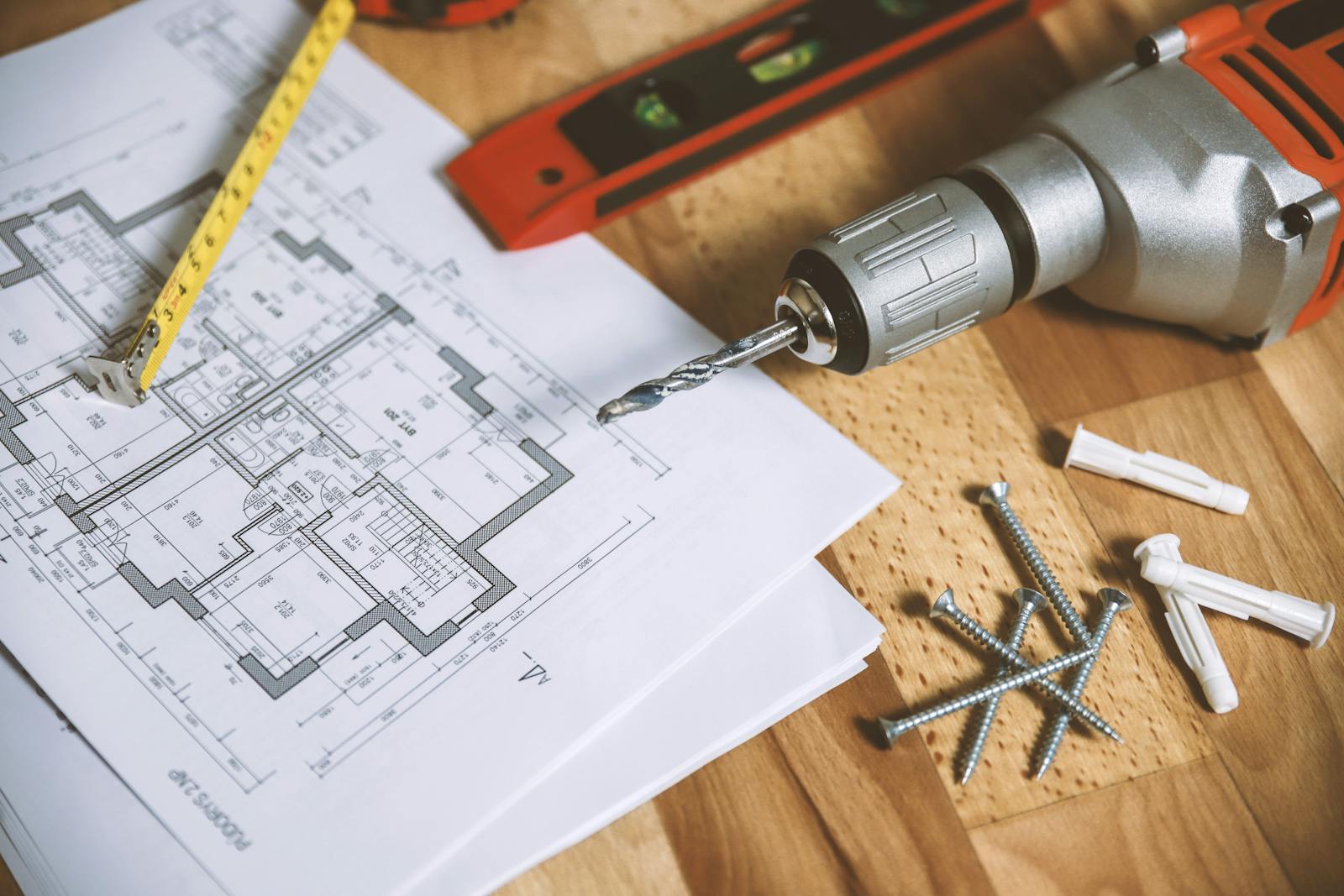Regardless of where you’re buying or the market conditions, there’s one thing every homebuyer has in common: you have to make an offer to purchase a home.
Whether you’re still in the browsing stages or have started to put your plan into action, as a prospective buyer, it is wise to do some legwork and gain insight into the process of how to make an offer on a house in Canada. While your real estate agent is there to guide you, the more you know about the home-buying process, the smoother it will be.
An efficient process is especially pivotal in a seller’s market, where you’ll need to take quick and decisive action when you find a property that interests you.
Preparing for Making an Offer
Having all your ducks in a row makes home hunting easier and allows you to pounce on the perfect property when you find it.
Get Cash Ready for Your Down Payment and Deposit
Part of understanding the ins and outs of how to make an offer on a house, is ensuring you have cash on hand for both your upfront and closing costs. Don’t know the difference between an upfront deposit and a down payment? Since a more robust deposit could be the key to winning a bidding war, it’s vital that you do.
Ideally, you’ve placed your savings in either a regular savings account, a TFSA (tax-free savings account) or an FHSA (first-time home buyer’s savings account), as withdrawing the cash outright, or selling investments within these accounts and then withdrawing the money, will be tax-free.
On the other hand, if you need to take money out of an RRSP or sell investments to come up with the cash you’ll need, you should understand the tax implications of those actions and include it in the next step.
Creating a Purchase Budget
When you visit your bank or mortgage broker, they’ll let you know how much mortgage you’re pre-qualified/pre-approved for. But that doesn’t mean you should ante up the total amount when you make an offer on a house. You’ll need to create a purchase budget to better understand what you can afford.
Break out your favourite spreadsheet software, drop in your current savings plus all your expected sources of income over the next twelve months, then add in what you’ll need for your downpayment, deposit and closing costs – including any tax repercussions from liquidating registered accounts, etc.
Calculate what your monthly property tax, insurance, utilities, condo or homeowners association (HOA) fees would be, then calculate the monthly mortgage payments for various offers. For example, if you pre-qualified for an $800,000 mortgage, you’ll want to determine how offers from $650,000 to $750,000 affect your monthly mortgage payments.
By creating a budget that spans a full year (or more), you can play around with different offer amounts and know whether you’ll have enough cash left over every month to renovate or redecorate as needed or whether you’ll be “house poor” – meaning almost all your income will go towards just getting by – versus being able to truly enjoy your new home.
The maximum budget for your offers will become apparent, ensuring that you don’t get caught up in the heat of the moment and make an offer that’s beyond your ability to afford.
Do Another Walkthrough at a Different Time of the Day
If you liked what you saw on your first showing and plan on making an offer on the condo or house, do another walkthrough at a different time of the day.
A home inspection will tell you what you need to know about the “fitness” of the structure, electrical and plumbing, so what you’re evaluating on your second go-round is not just whether the look and location are better than homes you’ve seen before, but whether this house will suit your needs now and at least five years forward.
Visiting at a different time of day is crucial, as you might watch a neighbourhood that seemed serene and peaceful in the morning, transform into a maelstrom of constant noise and traffic after dark.
Chatting up the neighbours can also help you learn about the property and the surrounding area.
How Long to Make an Offer on a House After a Property Viewing?
If you’re happy with what you’ve seen, there’s no reason to wait to make an offer. In fact, in a hot market with multiple daily showings, the sooner you can get an offer on the table, the better.
How to Make an Offer on a House
Mortgage Pre-Approval:
New home buyers often wonder if they need pre-approval before making an offer on a house. Unless you plan to pay cash for the house, you’ll need to secure financing, and that’s where pre-approval comes into play. It will also help if you need to move quickly with your offer.
Once you plug your pre-approved mortgage amount into your purchase budget, you’ll know exactly how much you can spend, and you’ll also be able to reassure the seller that you won’t have to back out of the purchase based on financing.
A pre-approval also locks in the current interest rate for up to 120 days, so you can shop with peace of mind, knowing that you’re insulated from rate hikes in the near future. If interest rates drop before you buy, your lender should honour the new lower mortgage rate when you’re ready to make your purchase.
Decide on an Offer Amount:
When considering how high or how low an offer to make on a house, a crucial step is understanding the property’s value. To do that, you’ll want to get your real estate agent to conduct a Comparative Market Analysis (CMA), which compares the property with similar homes in the area that have recently sold, are currently on the market, or were on the market and didn’t sell. This analysis helps you gauge the house’s fair market value based on factors such as location, condition, size, and unique features.
While determining the offer amount, it’s essential to balance the property’s market value with your budget, but the current market conditions also influence the decision.
In a buyer’s market, you may have more leeway to negotiate BELOW the asking price, whereas in a seller’s market, you might need to offer at or ABOVE the asking price to be competitive. Your offer should reflect both the property’s worth and what you can afford, keeping in mind that your initial offer sets the stage for all future negotiations.
Additional Considerations:
When making an offer on a house, there may be additional considerations beyond the offer amount – such as a home inspection, mortgage financing and an agreement on a closing date – which are crucial for a successful transaction. When thoughtfully addressed in your offer, they protect your interests, demonstrate your commitment to the seller, and make your offer more appealing. We’ll go into more depth on some of these conditions below.
Real Estate Paperwork:
When you’re ready to make an offer on a house, your agent will draw up the necessary paperwork, typically referred to as a Real Estate Purchase Agreement, though its name differs across the country. According to Canada Mortgage and Housing Corp., your offer documents must include the following specific details in order to be valid:
Your legal name, the name of the seller and the address of the property
The amount you’re offering to pay (the purchase price) and the amount of your deposit
Inclusions and exclusions (for example, are the window coverings included in the purchase?)
The date you want to take possession (“closing day”)
A request for a current Land Survey
The date the offer expires
Any other conditions that must be met before the contract is finalized (for example, a satisfactory home inspection)
The Price:
When making an offer on a house, be prepared to negotiate. Your negotiating power will depend on a few factors. The current market conditions in the immediate neighbourhood will dictate whether you can make a lowball offer – a likely scenario in a buyer’s market – or perhaps an offer that’s higher than the asking price, which became common in the record-breaking seller’s market brought on by the pandemic.
Deposit:
While “deposit” and “down payment” are often used interchangeably, they are different. At the time of the offer, the buyer should come prepared to put a deposit on the home they hope to buy.
The deposit will be rolled in with your down payment, showing the seller that you’re serious about buying the home and that you have your finances in order. If the buyer walks away from the deal, they will forfeit their deposit in most cases.
There’s no standard deposit amount. It will vary based on the property type and the buyer’s desire for the particular home. The deposit is generally given to the seller’s agent to be held in trust until the deal is firm, but some sellers require a deposit to be placed in an escrow account.
Down Payment:
A down payment is the amount of money paid up-front as a lump sum when you buy a home. It is calculated as a percentage of the total purchase price.
In Canada:
For homes with a purchase price of $500,000 or less, the minimum down payment is five per cent.
The minimum down payment for homes priced $500,000-$999,999 is five per cent for the first $500,000 and 10 per cent for the remaining portion.
Homes over $1.5 million require a 20-per-cent deposit.
Keep in mind that this is the bare minimum required to qualify for a mortgage. However, anything below 20 per cent is considered a “high-ratio” mortgage and requires mortgage loan insurance.
Mortgage default insurance, or mortgage loan insurance, protects the mortgage lender if you aren’t able to make your monthly mortgage payments. While mortgage loan insurance is required if you have less than a 20-per-cent down payment, a lender may still require it – even if you put the complete 20-per-cent down – especially if you’re self-employed or have a poor credit history.
Firm Versus Conditional Offer in Real Estate:
With the competitive market brought on by the pandemic, it was common to hear of bidding wars where buyers would make an offer without any conditions. This is called a firm offer. The buyer is 100 per cent certain of the purchase. They do not require any conditions for a home inspection or financing. Once the offer is made, the buyer can’t back out of the deal.
Conversely, a conditional offer requires specific terms to be satisfied for the offer to be valid. These conditions protect the buyer; some common conditions include:
Purchase conditional on financing: This is a common condition for first-time homebuyers making an offer on a house, and it requires the sign-off of the mortgage lender for the deal to go through. The buyer will have a few days to get this, and the process will include a home appraisal. If the lender does not agree to finance the property, the buyer will notify the seller, and the offer becomes null and void.
Purchase conditional on home inspection: A home is likely the biggest purchase you’ll make in your lifetime, so it’s always recommended that the offer be dependent on a satisfactory home inspection. A professional home inspector will look at things in and around the home that are openly visible (they will not be opening up walls or floors). The inspector will examine the structure, roof, plumbing, heating, and electrical systems to ensure the house is in good condition. If the home isn’t up to par, this condition allows the buyer to return to the seller and request repairs, a reduction in the price, or rescind the offer entirely.
Purchase conditional on the sale of a home: If a prospective homebuyer already owns a home, they may want to ensure it is sold before agreeing to purchase a new property. This isn’t ideal for the seller, as every condition has a potential domino effect.
A firm offer is typical in a hot market. With all other things being equal, a seller is more likely to accept an unconditional offer over one that could fall through for several reasons.
Negotiations:
An experienced real estate agent will be able to advise you on what you can realistically negotiate, depending on the market conditions. In a buyer’s market, you hold the cards, knowing that there are plenty of other options on the market. In a seller’s market, you compete with other buyers vying for the same property, so quick action and a strong offer are more likely to work in your favour.
Legal:
Your offer is a legal document, so ensure you read and understand everything outlined within it. If you don’t, you shouldn’t sign until you review the offer with a lawyer.
Feeling Better About How to Make an Offer on a House?
Buying a home is a big deal, from the shopping and vetting process to the financial and emotional commitment you’re about to make. The offer is also a legally-binding document.
All your questions about making an offer on a house are valid, as even seemingly minor details will have a domino effect throughout the rest of the purchasing process and even long after you’ve taken possession.
Don’t go it alone. Work with an experienced RE/MAX agent and an experienced real estate lawyer to avoid potential pitfalls and ensure your best interests come first.






















